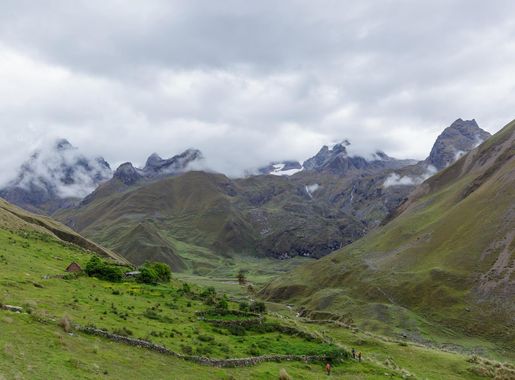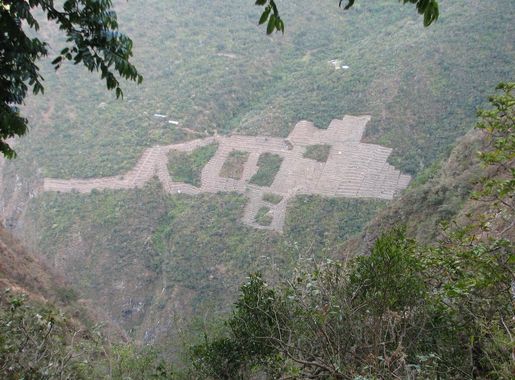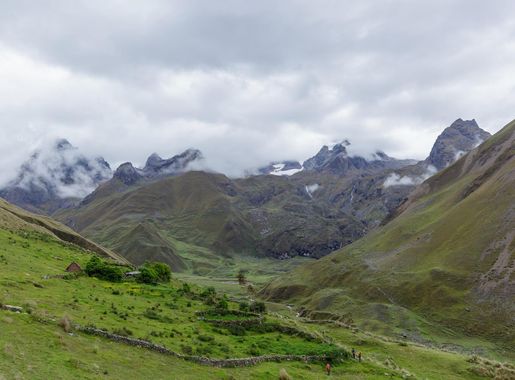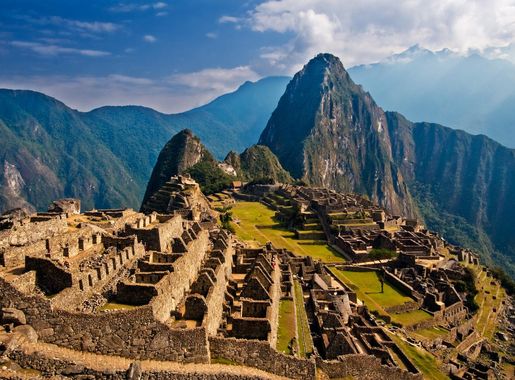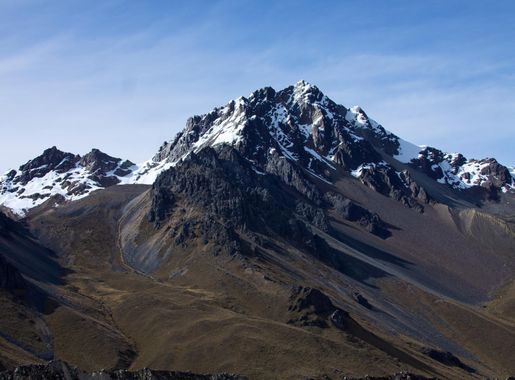
The Enchanting Vilcabamba Trek: A Journey Through Ancient Inca Trails
Discover the hidden trails and ancient Inca ruins of the Vilcabamba Trek in Peru, a less crowded yet equally captivating alternative to the Inca Trail.
The Vilcabamba Trek in Peru is a mesmerizing journey through the heart of the Andes, taking you along ancient Inca trails and through lush cloud forests. This trek is less frequented than the famous Inca Trail, offering a more serene and authentic experience for adventurers. As you hike through this rugged and breathtaking landscape, you'll pass remote villages, ancient ruins, and stunning mountain vistas. The trek typically spans several days, allowing you to fully immerse yourself in the natural beauty and rich cultural heritage of the region. One of the highlights of the Vilcabamba Trek is the opportunity to visit the archaeological site of Vilcabamba, the last refuge of the Inca Empire. Here, you can explore the remnants of this historical stronghold and gain insight into the fascinating history of the Incas. Throughout your journey, you'll be accompanied by knowledgeable guides who can share stories and information about the local flora, fauna, and history. The Vilcabamba Trek is not just a hike; it's a journey into the past, offering a unique blend of adventure, culture, and natural beauty that is sure to leave an indelible mark on your travel memories.
Local tips in Vilcabamba Trek
- Pack light but bring essential gear, including a good pair of hiking boots and layers for varying weather conditions.
- Acclimatize to the altitude in Cusco for a few days before starting the trek to avoid altitude sickness.
- Hire a local guide to enhance your experience with detailed knowledge of the area's history and natural wonders.
- Bring cash, as there are no ATMs along the trek and you may need it for local purchases or tips.
- Respect local customs and communities you encounter along the way; always ask for permission before taking photos.
The Enchanting Vilcabamba Trek: A Journey Through Ancient Inca Trails
The Vilcabamba Trek in Peru is a mesmerizing journey through the heart of the Andes, taking you along ancient Inca trails and through lush cloud forests. This trek is less frequented than the famous Inca Trail, offering a more serene and authentic experience for adventurers. As you hike through this rugged and breathtaking landscape, you'll pass remote villages, ancient ruins, and stunning mountain vistas. The trek typically spans several days, allowing you to fully immerse yourself in the natural beauty and rich cultural heritage of the region. One of the highlights of the Vilcabamba Trek is the opportunity to visit the archaeological site of Vilcabamba, the last refuge of the Inca Empire. Here, you can explore the remnants of this historical stronghold and gain insight into the fascinating history of the Incas. Throughout your journey, you'll be accompanied by knowledgeable guides who can share stories and information about the local flora, fauna, and history. The Vilcabamba Trek is not just a hike; it's a journey into the past, offering a unique blend of adventure, culture, and natural beauty that is sure to leave an indelible mark on your travel memories.
When is the best time to go to Vilcabamba Trek?
Iconic landmarks you can’t miss
Templo de Vilcabamba
Explore Templo de Vilcabamba, a historical landmark in Peru that unveils the mysteries of the Inca civilization amidst stunning natural beauty.

Vilcabamba
Explore the historical charm and breathtaking landscapes of Vilcabamba, Peru's enchanting valley known for its ancient ruins and serene atmosphere.
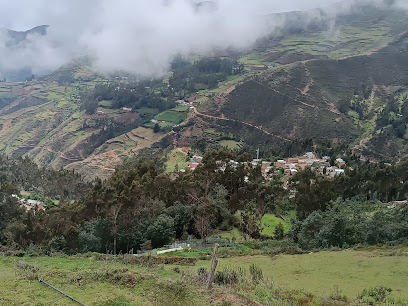
Unmissable attractions to see
Cordillera Huayhuash
Explore the breathtaking Cordillera Huayhuash in Peru, a national park renowned for its stunning mountain landscapes and unforgettable trekking adventures.
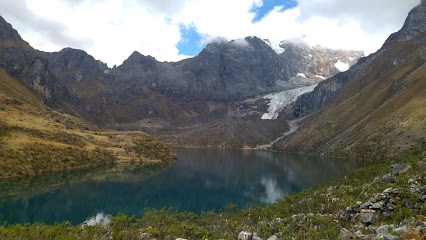
Caverna Turística Jatun Uchco
Explore the stunning Jatun Uchco Tourist Cave in Ambo, Peru, where adventure meets breathtaking natural beauty for an unforgettable experience.
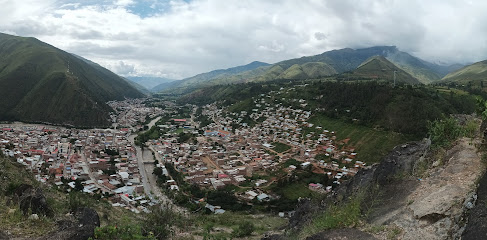
Pucyura, Vilcabamba, La convención, Perú
Experience the captivating charm of Pucyura, Vilcabamba - a hidden gem in the Andes rich in culture, nature, and local traditions.
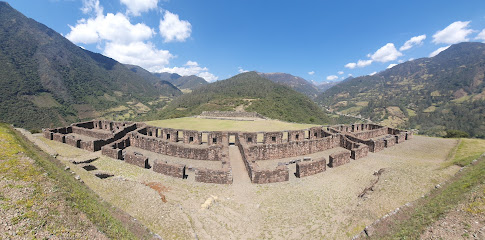
Vitcos
Experience the enchanting historical landmark of Vitcos, a journey into the heart of Inca heritage surrounded by Peru's stunning nature.
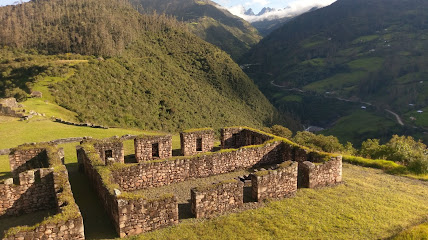
Laguna Viconga de Uramasa
Explore the breathtaking Laguna Viconga de Uramasa, a high-altitude oasis in the Peruvian Andes, perfect for trekking and immersing in nature's beauty.
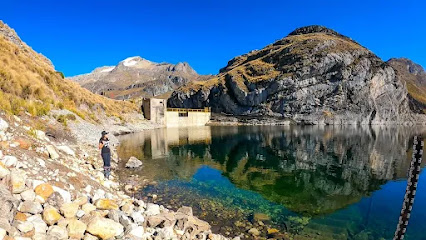
San Antonio Pass
Explore the breathtaking trails of San Antonio Pass, a top hiking area in Auquimarca, rich in natural beauty and adventure.
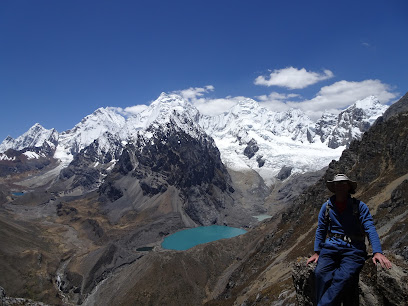
Cacanapunta Pass
Explore the breathtaking Cacanapunta Pass in Peru, a perfect destination for hiking enthusiasts and lovers of nature's beauty.
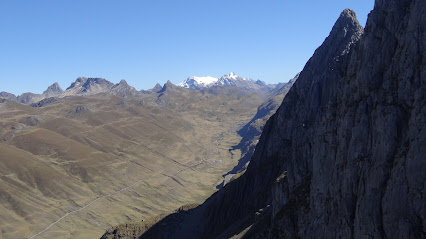
Vilcabamba
Discover the enchanting charm and rich heritage of Vilcabamba, a historical landmark nestled in the breathtaking landscapes of San Francisco de Mosca.
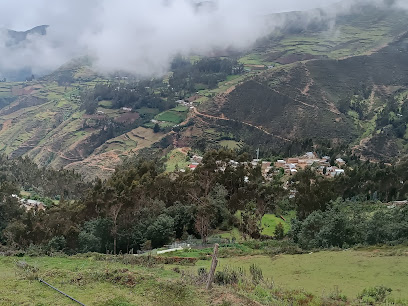
Paso Trapecio -- Huayhuash
Experience the breathtaking beauty and thrilling hikes of Paso Trapecio in the stunning Huayhuash mountain range, a must-visit for nature lovers and adventurers.

Cordillera de Vilcabamba
Explore the breathtaking Cordillera de Vilcabamba, a hidden gem in Peru with stunning landscapes, rich biodiversity, and cultural heritage awaiting discovery.

Essential places to dine
Mapacho Craft Beer Restaurant
Experience authentic Peruvian cuisine and craft beer at Mapacho Craft Beer Restaurant in Cusco - where tradition meets flavor.
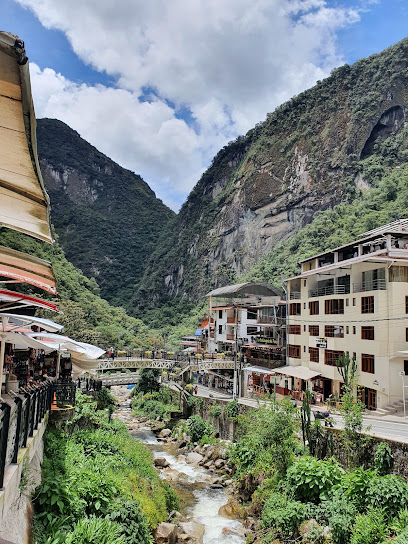
Chullos Restaurant & Craft Beer
Experience authentic Peruvian flavors and craft brews at Chullos Restaurant & Craft Beer in Aguas Calientes - the perfect culinary stop after exploring Machu Picchu.
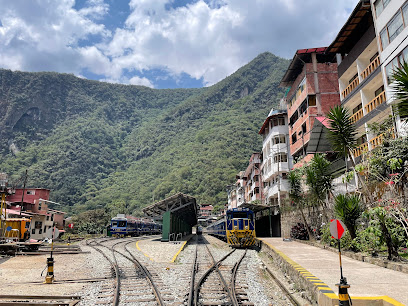
Hostería Paraíso Vilcabamba
Discover tranquility at Hostería Paraíso Vilcabamba - your ultimate retreat in Ecuador's beautiful valley.
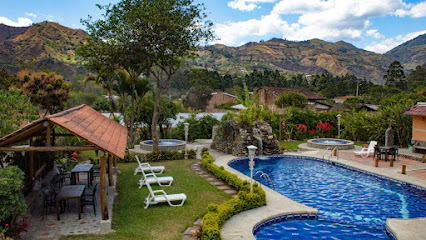
United Falafel Org
Experience authentic Turkish and Mediterranean flavors at United Falafel Org in Vilcabamba – where every dish tells a story.
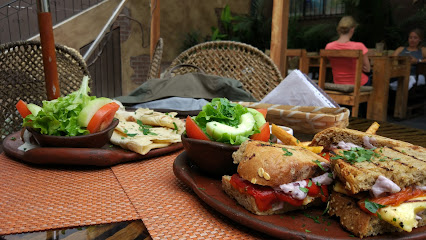
Green House
Experience the essence of Peruvian cuisine at The Green House, where organic freshness meets breathtaking views near Machu Picchu.
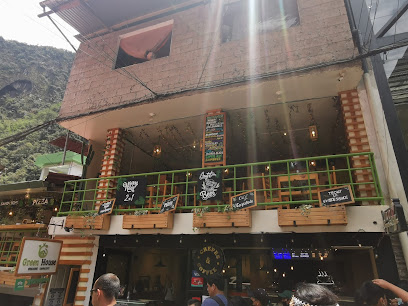
Sol del Venado
Experience the best of local brews and cuisine at Sol del Venado in Vilcabamba—where flavor meets breathtaking views.
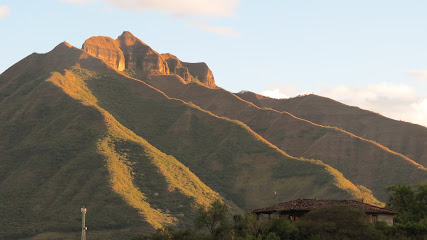
Hacienda Huayoccari
Experience authentic Peruvian cuisine surrounded by breathtaking Andean landscapes at Hacienda Huayoccari.
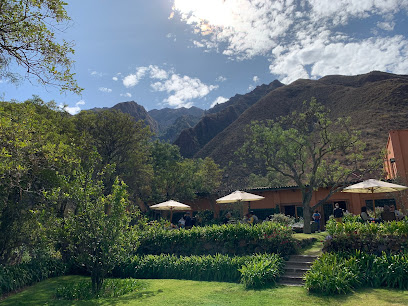
El museo de la papa rest
Experience authentic Peruvian cuisine at El Museo de la Papa in Urubamba - A culinary delight celebrating the rich heritage of potatoes.
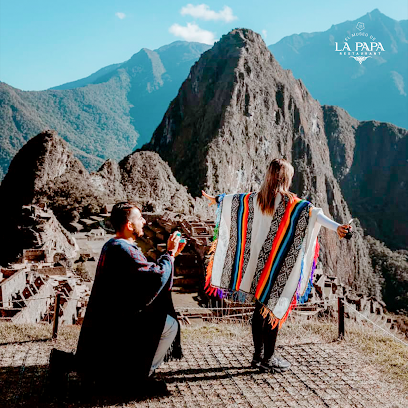
Tres Keros
Experience authentic Peruvian flavors at Tres Keros - where culinary excellence meets breathtaking views in Urubamba.
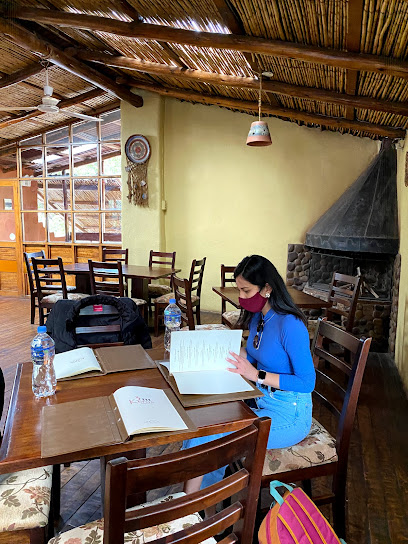
Restaurant Katherine
Experience authentic Ecuadorian flavors in the heart of Vilcabamba at Restaurant Katherine – where every meal tells a story.
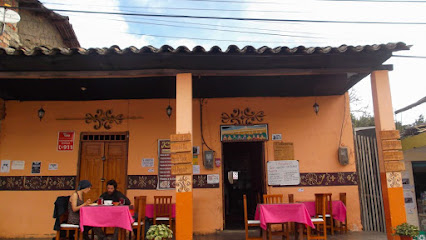
Kishor's Herbals and Bistro
Discover the rich flavors of India at Kishor's Herbals and Bistro in Vilcabamba – where culinary tradition meets local charm.
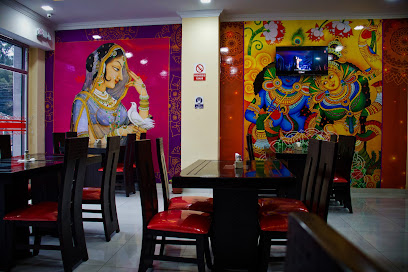
Restaurant Vilcabamba
Savor authentic Ecuadorian cuisine amidst stunning landscapes at Restaurant Vilcabamba.
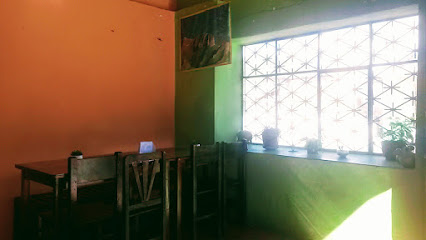
Healthy & Tasty
Discover vibrant flavors and wholesome dishes at Healthy & Tasty in Vilcabamba's breathtaking Valle Sagrado.
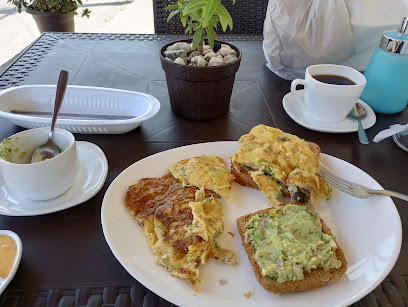
El Huerto Restaurant
Experience authentic Peruvian cuisine amidst breathtaking landscapes at El Huerto Restaurant in Sacred Valley.

Markets, malls and hidden boutiques
Parque de Vilcabamba
Explore the enchanting Parque de Vilcabamba, a serene park in Ecuador perfect for nature enthusiasts, picnics, and breathtaking mountain views.
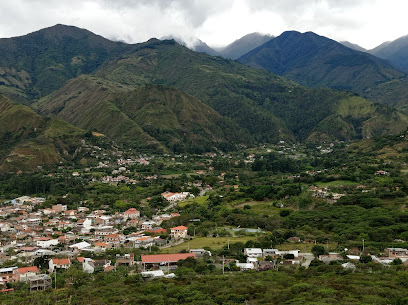
Handicraft Center Cusco
Explore the vibrant Handicraft Center in Cusco for unique Peruvian souvenirs and a glimpse into the rich artisan culture of Peru.
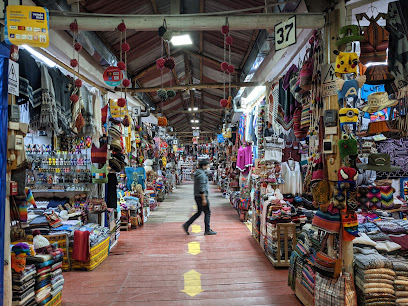
Eco-Resort Izhcayluma
Eco-Resort Izhcayluma: A tranquil escape in Ecuador's breathtaking landscapes, offering wellness, adventure, and sustainable luxury.

Cerro Mandango
Explore Cerro Mandango in Vilcabamba, a stunning mountain offering breathtaking views, rich biodiversity, and a serene hiking experience.
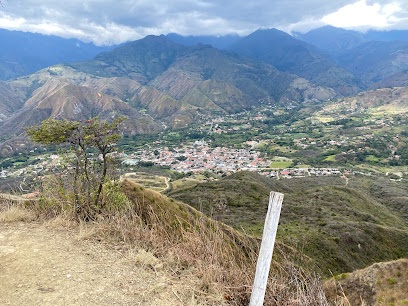
Cascada EL PALTO
Experience the serene beauty of Cascada El Palto, a captivating waterfall nestled in the lush landscapes of Vilcabamba, Ecuador.
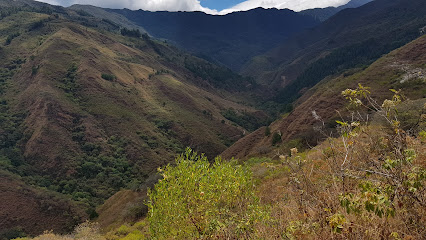
EKEKOS SAN BLAS -art & COLORS
Discover the vibrant artistry of Peru at EKEKOS SAN BLAS, a captivating handicraft gallery in the heart of Cusco.
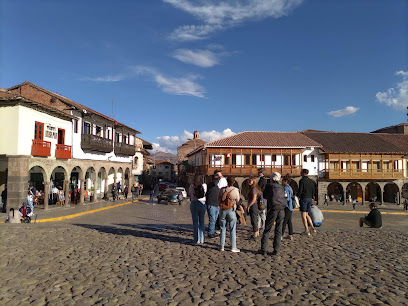
Vitcos
Explore Vitcos: A stunning historical landmark in the Andes, revealing the secrets of Inca heritage amidst breathtaking scenery.
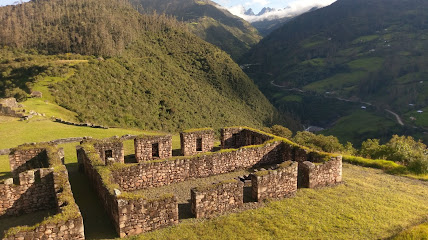
Inlakesh Peruvian Art & Design Store
Explore the artistry of Peru at Inlakesh Peruvian Art & Design Store, where handcrafted treasures await your discovery in Urubamba.
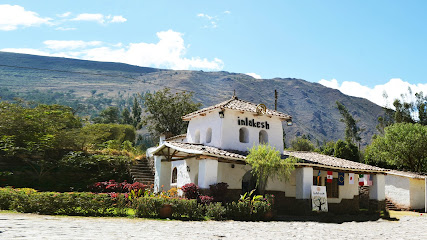
Vilcaterra
Discover the heart of Ecuadorian fashion at Vilcaterra in Vilcabamba, where local craftsmanship meets modern style.

Essential bars & hidden hideouts
La chupiteria the shot bar
Discover the vibrant nightlife of Cusco at La Chupiteria, where unique Peruvian shots and a lively atmosphere await.
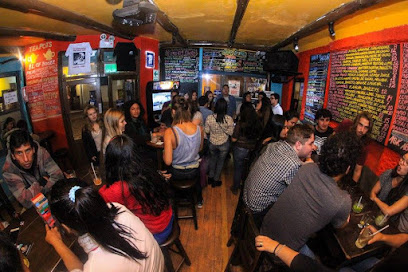
Vilcabamba Grau apurimax
Discover the lively Vilcabamba Grau Bar in El Agustino, where locals and tourists mingle over delightful drinks and vibrant atmosphere.
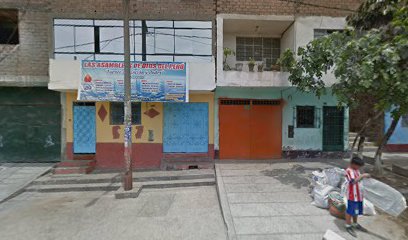
Local Phrases about Vilcabamba Trek
-
- HelloHola
[oh-lah] - GoodbyeAdiós
[ah-dee-ohs] - YesSí
[see] - NoNo
[noh] - Please/You're welcomePor favor/De nada
[por fah-vor/deh nah-dah] - Thank youGracias
[grah-syahs] - Excuse me/SorryDisculpe/Lo siento
[dee-skool-peh/loh see-ehn-toh] - How are you?¿Cómo estás?
[koh-moh ehs-tahs] - Fine. And you?Bien. ¿Y tú?
[byen. ee too] - Do you speak English?¿Hablas inglés?
[ah-blahs een-glehs] - I don't understandNo entiendo
[noh ehn-tyen-doh]
- HelloHola
-
- I'd like to see the menu, pleaseMe gustaría ver el menú, por favor
[meh goo-stah-ree-ah vehr ehl meh-noo, por fah-vor] - I don't eat meatNo como carne
[noh koh-moh kahr-neh] - Cheers!¡Salud!
[sah-lood] - I would like to pay, pleaseMe gustaría pagar, por favor
[meh goo-stah-ree-ah pah-gahr, por fah-vor]
- I'd like to see the menu, pleaseMe gustaría ver el menú, por favor
-
- Help!¡Ayuda!
[ah-yoo-dah] - Go away!¡Vete!
[veh-teh] - Call the Police!¡Llama a la policía!
[yah-mah ah lah poh-lee-see-ah] - Call a doctor!¡Llama a un doctor!
[yah-mah ah oon dohk-tohr] - I'm lostEstoy perdido
[ehs-toy pehr-dee-doh] - I'm illEstoy enfermo
[ehs-toy ehn-fehr-moh]
- Help!¡Ayuda!
-
- I'd like to buy...Me gustaría comprar...
[meh goo-stah-ree-ah kohm-prahr] - I'm just lookingSolo estoy mirando
[soh-loh ehs-toy mee-rahn-doh] - How much is it?¿Cuánto cuesta?
[kwan-toh kwehs-tah] - That's too expensiveEso es demasiado caro
[eh-soh ehs deh-mah-syah-doh kah-roh] - Can you lower the price?¿Puedes bajar el precio?
[pweh-dehs bah-har ehl preh-syoh]
- I'd like to buy...Me gustaría comprar...
-
- What time is it?¿Qué hora es?
[keh oh-rah ehs] - It's one o'clockEs la una
[ehs lah oo-nah] - Half past (10)Las diez y media
[lahs dyehs ee meh-dee-ah] - MorningMañana
[mah-nyah-nah] - AfternoonTarde
[tahr-deh] - EveningNoche
[noh-cheh] - YesterdayAyer
[ah-yehr] - TodayHoy
[oy] - TomorrowMañana
[mah-nyah-nah] - 1Uno
[oo-noh] - 2Dos
[dohs] - 3Tres
[trehs] - 4Cuatro
[kwah-troh] - 5Cinco
[seen-koh] - 6Seis
[seys] - 7Siete
[syeh-teh] - 8Ocho
[oh-choh] - 9Nueve
[nweh-veh] - 10Diez
[dyehs]
- What time is it?¿Qué hora es?
-
- Where's a/the...?¿Dónde está...?
[dohn-deh ehs-tah] - What's the address?¿Cuál es la dirección?
[kwal ehs lah dee-rehk-syon] - Can you show me (on the map)?¿Puedes mostrarme (en el mapa)?
[pweh-dehs mohs-trar-meh (ehn ehl mah-pah)] - When's the next (bus)?¿Cuándo es el próximo (autobús)?
[kwan-doh ehs ehl proh-ksy-moh (ow-toh-boos)] - A ticket (to ....)Un boleto (a ...)
[oon boh-leh-toh (ah)]
- Where's a/the...?¿Dónde está...?
History of Vilcabamba Trek
-
Vilcabamba Trek takes travelers through the rugged terrains of the Peruvian Andes to the site known as the 'Lost City of the Incas.' Vilcabamba was the last refuge of the Inca Empire after the Spanish conquest. This remote fortress city was the center of Incan resistance until its fall in 1572.
-
In 1911, American explorer Hiram Bingham, best known for his discovery of Machu Picchu, was led to the Vilcabamba region. Although he initially misidentified Machu Picchu as Vilcabamba, his subsequent expeditions brought attention to the historical importance of the area, leading to further research and exploration.
-
The Vilcabamba region is historically significant as the site of the Incas' final stand against the Spanish conquistadors. Following the fall of the Inca capital, Cusco, in 1533, the last Inca emperor, Manco Inca Yupanqui, retreated to the Vilcabamba stronghold, maintaining resistance for nearly four decades.
-
From the mid-20th century onwards, a series of archaeological excavations have unearthed numerous structures, artifacts, and settlements in the Vilcabamba region. These discoveries have provided deeper insights into the Inca civilization's final years and their strategies to resist Spanish colonization.
-
The Vilcabamba Trek is not only a journey through breathtaking landscapes but also a voyage through history and culture. The trail encompasses various Inca ruins, agricultural terraces, and ancient paths, offering a glimpse into the daily lives, architectural prowess, and the resilient spirit of the Inca people.
-
Today, the Vilcabamba Trek attracts adventurers and history enthusiasts from around the globe. The trek's challenging routes and stunning vistas, combined with the profound historical context, make it a unique travel experience. Guided tours often include visits to key archaeological sites such as Vitcos and Espíritu Pampa, enhancing the understanding of the Inca Empire's last days.
Vilcabamba Trek Essentials
-
Vilcabamba Trek is located in the Cusco region of Peru. The nearest international airport is Alejandro Velasco Astete International Airport in Cusco, which is approximately 80 kilometers away from the starting point of the trek. From Cusco, you can take a taxi or a bus to the town of Ollantaytambo, where you can catch a train to Aguas Calientes. From Aguas Calientes, you can take another bus or arrange for transportation to the trek starting point.
-
Transportation options in the Vilcabamba region include taxis, buses, and trains. Taxis are readily available in Cusco and Ollantaytambo, and can be a convenient way to travel, especially for groups. The train from Ollantaytambo to Aguas Calientes offers a scenic and comfortable journey. For more adventurous travelers, local buses provide a cost-effective way to travel, though they may be less comfortable and take longer.
-
The official currency in Peru is the Peruvian Sol (PEN). Credit cards are accepted in most hotels, restaurants, and shops in Cusco and Ollantaytambo, but it is advisable to carry cash, especially when trekking and in smaller villages. ATMs are available in Cusco and Ollantaytambo, but may be limited or non-existent in more remote areas, so it's wise to withdraw sufficient cash before heading out on the trek.
-
Vilcabamba Trek is generally safe for tourists, but it's important to take standard precautions. Avoid walking alone at night in unfamiliar areas and always keep an eye on your belongings. While the trek itself is remote and has low crime rates, Cusco and Aguas Calientes have areas where pickpocketing and petty theft can occur, especially in crowded tourist spots. Stay vigilant and aware of your surroundings.
-
In case of emergency, dial 105 for police assistance or 116 for medical emergencies. It is highly recommended to have travel insurance that covers medical emergencies and evacuation. For minor health issues, there are pharmacies in Cusco and Ollantaytambo where you can purchase over-the-counter medications. It is also wise to carry a basic first aid kit while trekking.
-
Fashion: Do wear comfortable and weather-appropriate clothing. Layering is key due to changing weather conditions. Avoid flashy jewelry. Religion: Do respect local customs and traditions. When visiting religious sites, dress modestly and follow any guidelines provided. Public Transport: Do be respectful to fellow passengers. Don't eat or drink on public transport. Greetings: Do greet people with a friendly 'Hola' and a handshake. Eating & Drinking: Do try local dishes and accept food offerings graciously. Don't waste food, as it is considered disrespectful.
-
To experience Vilcabamba Trek like a local, engage with the local guides and porters who can provide insights into the area's history and culture. Visit local markets in Cusco and Ollantaytambo to buy fresh produce and traditional Peruvian goods. Don't miss out on local delicacies such as 'cuy' (guinea pig) and 'chicha' (a traditional corn beer). If possible, learn a few phrases in Quechua, the local language, which can endear you to the locals.
Nearby Cities to Vilcabamba Trek
-
Things To Do in Lima
-
Things To Do in Huancayo
-
Things To Do in Trujillo
-
Things To Do in Ayacucho
-
Things To Do in Ica
-
Things To Do in Machu Picchu
-
Things To Do in Chiclayo
-
Things To Do in Cusco
-
Things To Do in Piura
-
Things To Do in Loja
-
Things To Do in Iquitos
-
Things To Do in Arequipa
-
Things To Do in Cuenca
-
Things To Do in Puno
-
Things To Do in Macas

